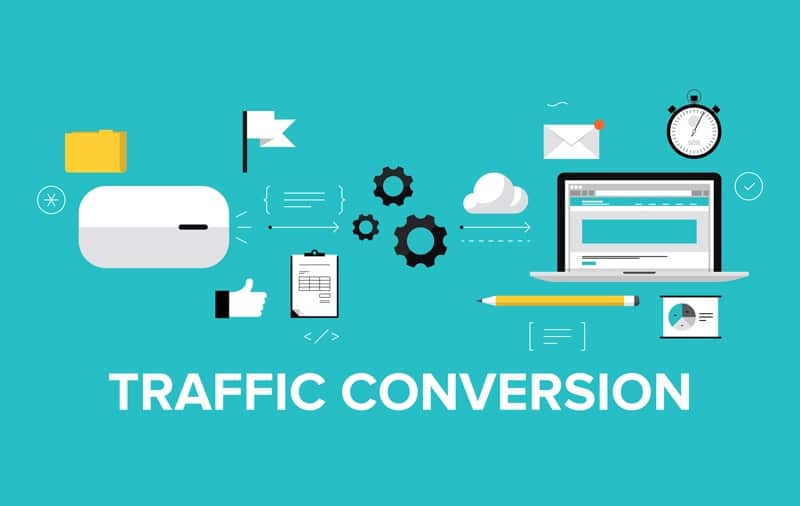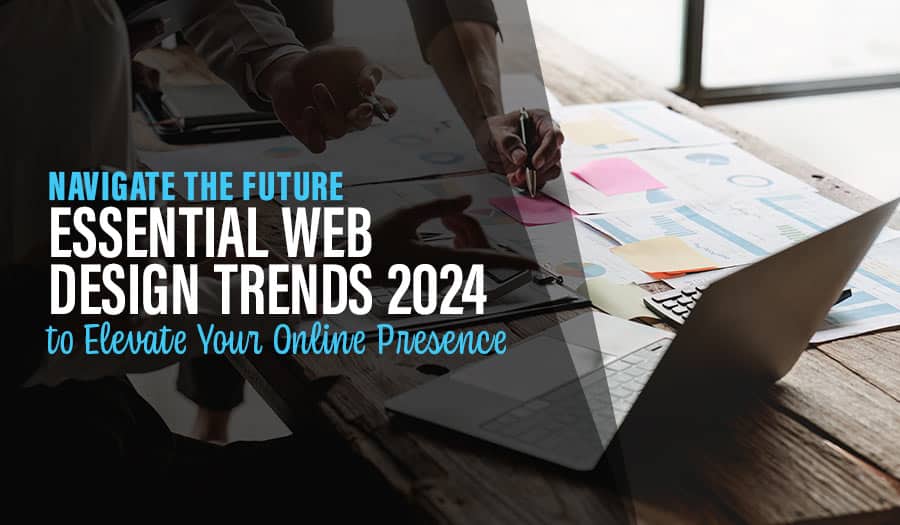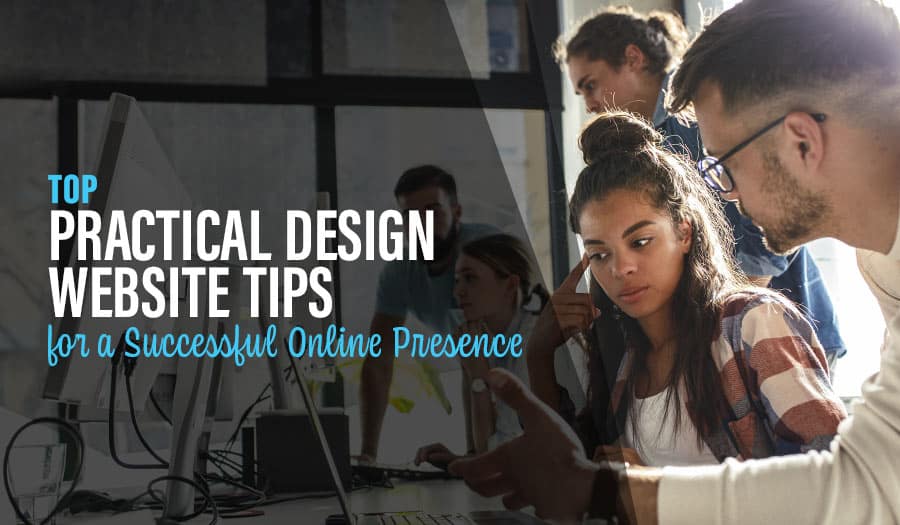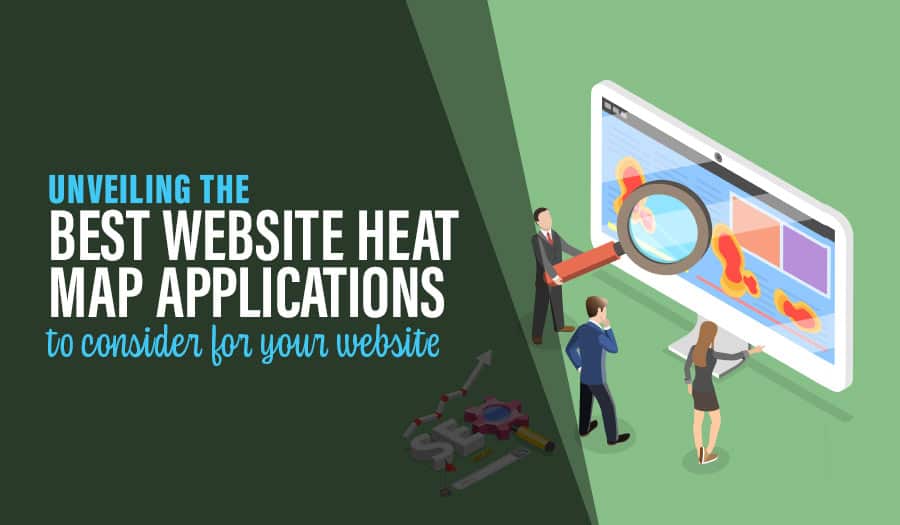What is your ultimate business goal? It probably doesn’t end at attracting visitors but includes growing the company by increasing your customer base. Let’s explore Ways to Improve Your Website Conversion Rate Through Web Design.
Your website can help you achieve this goal, but only if you treat it as a customer conversion tool rather than a digital billboard. In other words, it needs to guide visitors through the customer journey.
That process is only possible if you design a website that not only attracts initial attention but also leverages that attention into conversions. Even visitors who turn into leads can receive more targeted marketing messages, increasing their likelihood of becoming customers.
Building a conversion-driven website means changing the focus of the metrics you track. Visitors matter, but only if their conversion rate – the percentage of visitors who turn into leads and customers – follows suit. Here are 5 ways to optimise your business web design and increase your conversion rates to get you started.
5 Ways to Improve Your Website Conversion Rate
1. Always Offer Next Steps
First things first: if you want your visitors to take action, you need to let them know what that action is. You should include clear calls to action that encourage your visitors to convert throughout your website, from your homepage to sub-pages. To be successful, those calls to action need to be relevant to the content of the page in question, lead directly to the promised content, and adhere to other CTA best practices.
2. Add Action Incentives
The above calls to action, ideally, should lead directly to conversions. But your visitors will be unlikely to give you their contact information or become customers if they don’t get anything in return. It’s a simple application of the reciprocity principle: to get conversions, you need to give your audience incentives to convert.
These incentives can come in the form of long-form content, webinars, reduced-price offers, and much more. Learning what your audience is most interested in can be an important first step in finding the incentives that are most likely to lead to conversions.
3. Remove Distractions
In conversion-driven business web design, you want your audience to take a singular step: sign up to become a lead or customer. Anything else only distracts from that goal, so especially on your conversion pages, you should minimise distractions from it.
Internalise the concept of attention ratio, which ideally should be 1:1. In other words, on your conversion pages, your audience should have only one way to go. Offering too many navigation options distracts from your goal of maximising your conversions.
4. Include Social Proof
Social proof can come in a variety of forms, and all of them work to increase your credibility and maximise your conversions. Testimonials, case studies, expert opinions, social share numbers, and other types of content help convince your audience that they’ll be better off for it when they convert.
The success of social proof is actually based on basic psychology concepts. Using it almost necessarily leads to better conversion rates, as your users will more easily become leads or customers if their action has been validated by others.
5. Engage in A/B Testing
Finally, a conversion-driven website is never finished. You can always do better, which is where A/B testing enters the equation. Consistently testing your homepage, conversion pages, and any other type of content on your site enables you to increase your conversion rates and maximise your website’s success.
Changing your headlines or images may only increase your conversion rates incrementally. But if you repeat the process over several tests, your website will begin to turn into a conversion tool and contribute directly to your business success.
Building a business website optimised for conversion rates can be complex. But ultimately, its benefits far outweigh the initial time it takes to build. To learn more about the process, and how we can help you build a digital presence that directly helps to grow your business, contact us.
Further Reading
10 Great Ways To Improve Your Website Inbound Leads Management
The Rise of Mobile eCommerce
What’s the true cost of an online store vs a physical shop?
What Is Domain Authority and How To Improve Your Ranking?
Vimeo vs YouTube: Which will work best for your business?
Top 15 Benefits Of Guest Blogging
Facebook Reviews vs LinkedIn Reviews vs Google My Business Reviews
3 Small Business Competitive Advantage Strategies for your website



